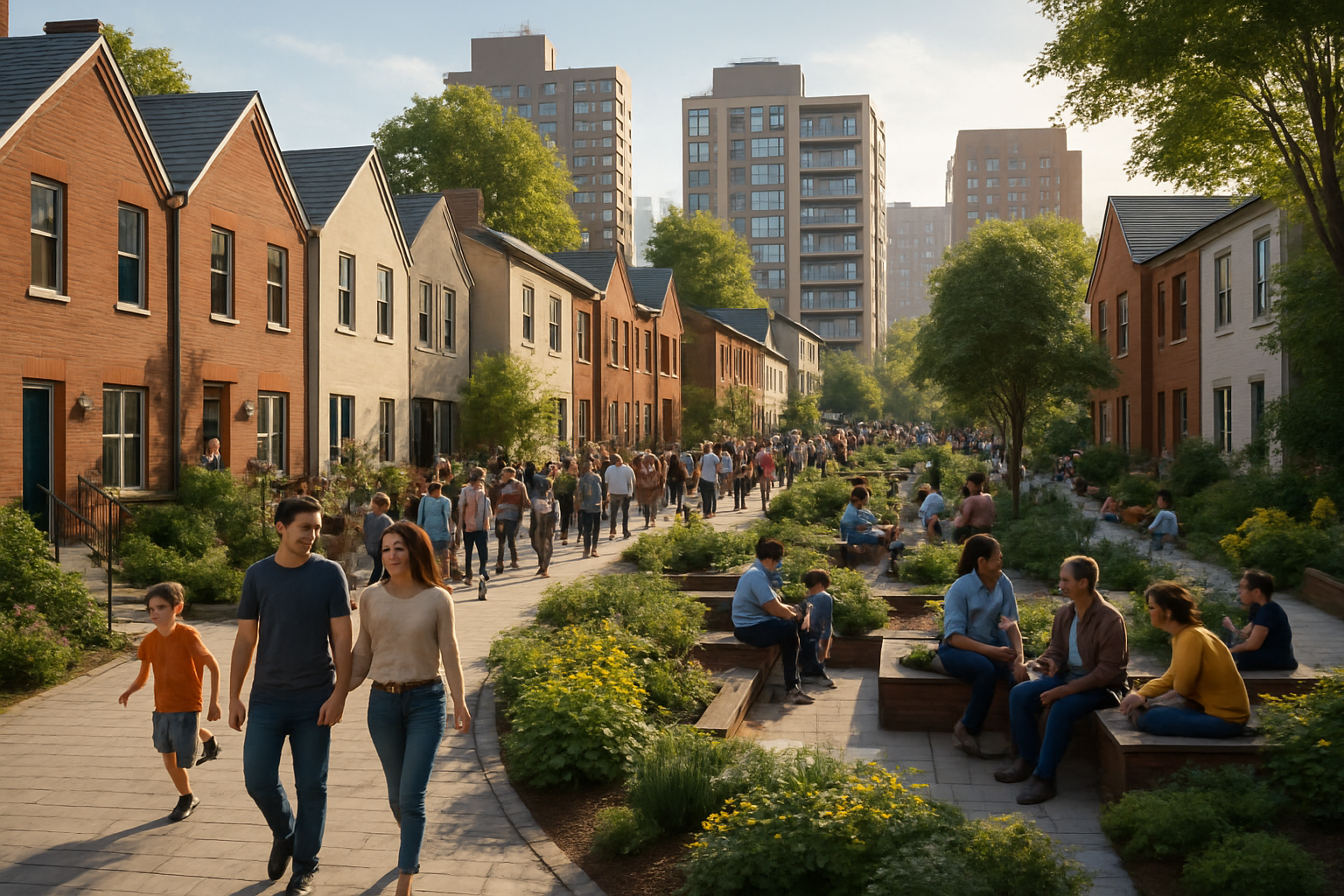Micro-Units: The Next Big Thing in Urban Real Estate
Introduction: As cities grapple with housing shortages and rising costs, a new trend is reshaping urban living: micro-units. These compact apartments, typically under 400 square feet, are gaining traction in major metropolises worldwide. With innovative design and efficient use of space, micro-units are challenging traditional notions of home size and offering a fresh solution to urban housing challenges.

Historical Context and Evolution
The idea of compact living can be traced back to the early 20th century when efficiency apartments gained popularity in crowded cities. However, the modern micro-unit movement began in earnest in the early 2000s, driven by changing demographics, urbanization, and evolving lifestyle preferences. Cities like New York, San Francisco, and Seattle were among the first in the United States to experiment with micro-unit developments, often relaxing zoning laws to accommodate these innovative housing solutions.
Design Innovations and Space Optimization
What sets modern micro-units apart is their ingenious design. Architects and designers are pushing the boundaries of space utilization, incorporating features like Murphy beds, convertible furniture, and multi-functional spaces. Many micro-units boast high ceilings, large windows, and open floor plans to create a sense of spaciousness. Smart home technology is often integrated, allowing residents to control lighting, temperature, and even transformable furniture with their smartphones, further enhancing the living experience in these compact spaces.
Economic and Social Implications
The micro-unit trend has significant economic implications for both residents and developers. For renters, these units offer an opportunity to live in desirable urban locations at a fraction of the cost of traditional apartments. This is particularly appealing to young professionals, students, and those prioritizing location over space. From a developer’s perspective, micro-units can yield higher returns per square foot, making them an attractive investment in high-value urban areas.
Socially, micro-units are reshaping urban communities. Many developments incorporate extensive common areas, fostering a sense of community among residents. Shared amenities like rooftop gardens, co-working spaces, and communal kitchens are becoming standard features, encouraging interaction and collaboration among tenants.
Market Trends and Future Outlook
The micro-unit market has shown remarkable growth in recent years. According to urban housing reports, the demand for micro-units in major U.S. cities has increased by over 20% in the past five years. This trend is expected to continue, with projections suggesting a 15% annual growth rate in the micro-unit sector over the next decade.
Investors are taking note of this trend. In 2020 alone, over $1 billion was invested in micro-unit developments across North America. Cities like Boston, Washington D.C., and Los Angeles are seeing a surge in micro-unit proposals, with local governments adapting zoning laws to accommodate this new housing typology.
Challenges and Considerations
Despite their growing popularity, micro-units face several challenges. Critics argue that these small living spaces may negatively impact mental health and well-being. There are concerns about the long-term livability of such compact spaces, particularly for families or those working from home.
Regulatory hurdles also persist in many cities, where minimum size requirements for apartments can impede micro-unit development. Additionally, some communities worry about the impact of high-density micro-unit developments on neighborhood character and infrastructure.
Global Perspectives on Micro-Living
The micro-unit trend is not limited to North America. Cities worldwide are adopting and adapting this concept to suit local needs. In Europe, Amsterdam and Berlin have embraced micro-living as a solution to housing shortages. Asian cities like Singapore and Seoul are pushing the boundaries of compact living, with some units as small as 100 square feet.
These global examples offer valuable insights into the potential and pitfalls of micro-unit development. They demonstrate how cultural attitudes towards space and community can shape the success of these housing solutions.
The Role of Technology in Micro-Unit Living
Technology plays a crucial role in making micro-units viable and attractive. Beyond smart home features, advancements in materials science are enabling thinner walls and more efficient insulation, maximizing usable space. Virtual reality tours are becoming common in marketing these units, allowing potential tenants to visualize the living experience before committing.
Moreover, the rise of the sharing economy complements the micro-unit lifestyle. Services like car-sharing, co-working spaces, and communal amenities align well with the ethos of efficient, minimalist living that micro-units represent.
A New Chapter in Urban Housing
Micro-units represent more than just a housing trend; they signify a shift in how we perceive urban living. As cities continue to grow and evolve, these compact living spaces offer a promising solution to housing shortages and affordability issues. While challenges remain, the innovative spirit driving the micro-unit movement suggests a future where efficient, sustainable, and community-oriented living becomes the norm in urban centers.
As we look to the future, the success of micro-units will likely depend on a delicate balance between design innovation, regulatory support, and changing societal attitudes towards space and community. Whether micro-units become a long-term fixture in urban housing or a transitional phase in city development remains to be seen, but their impact on the real estate landscape is undeniable.





